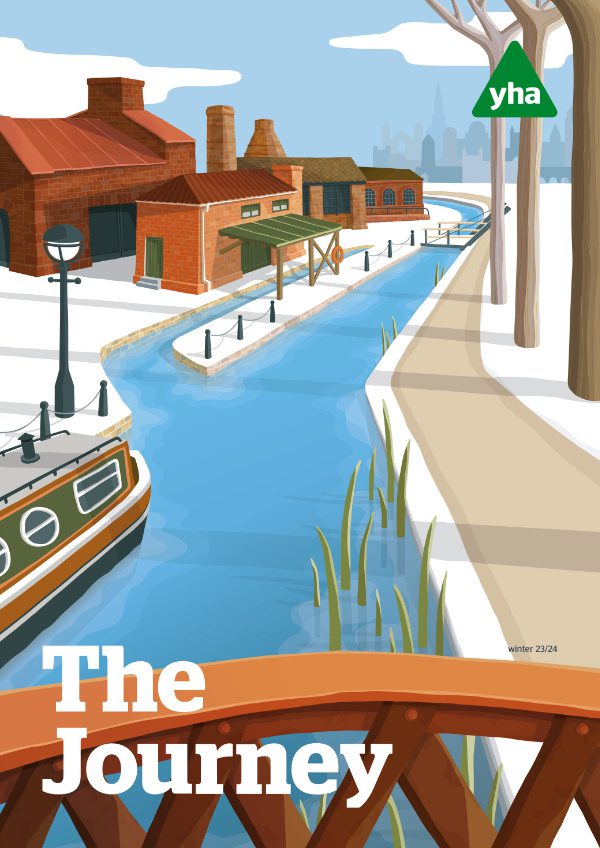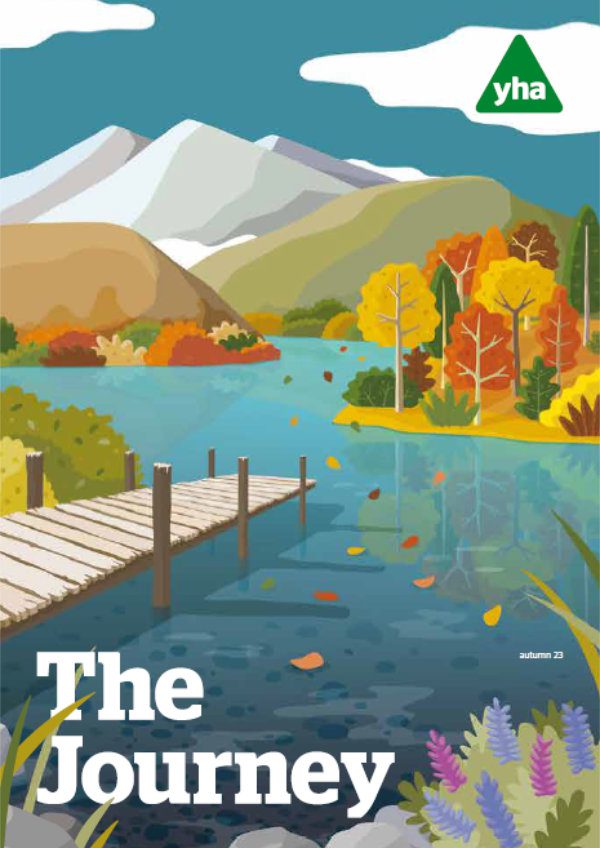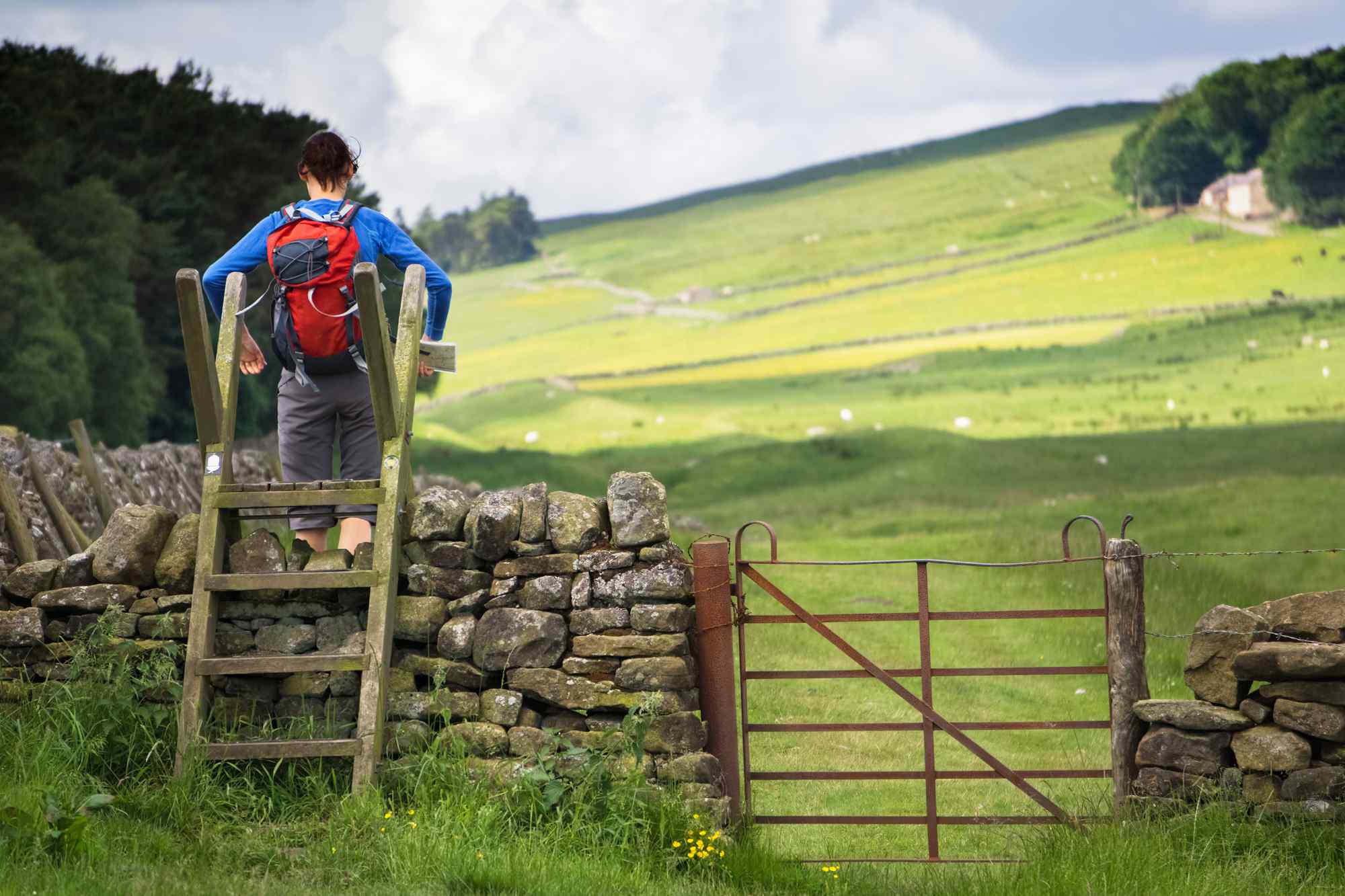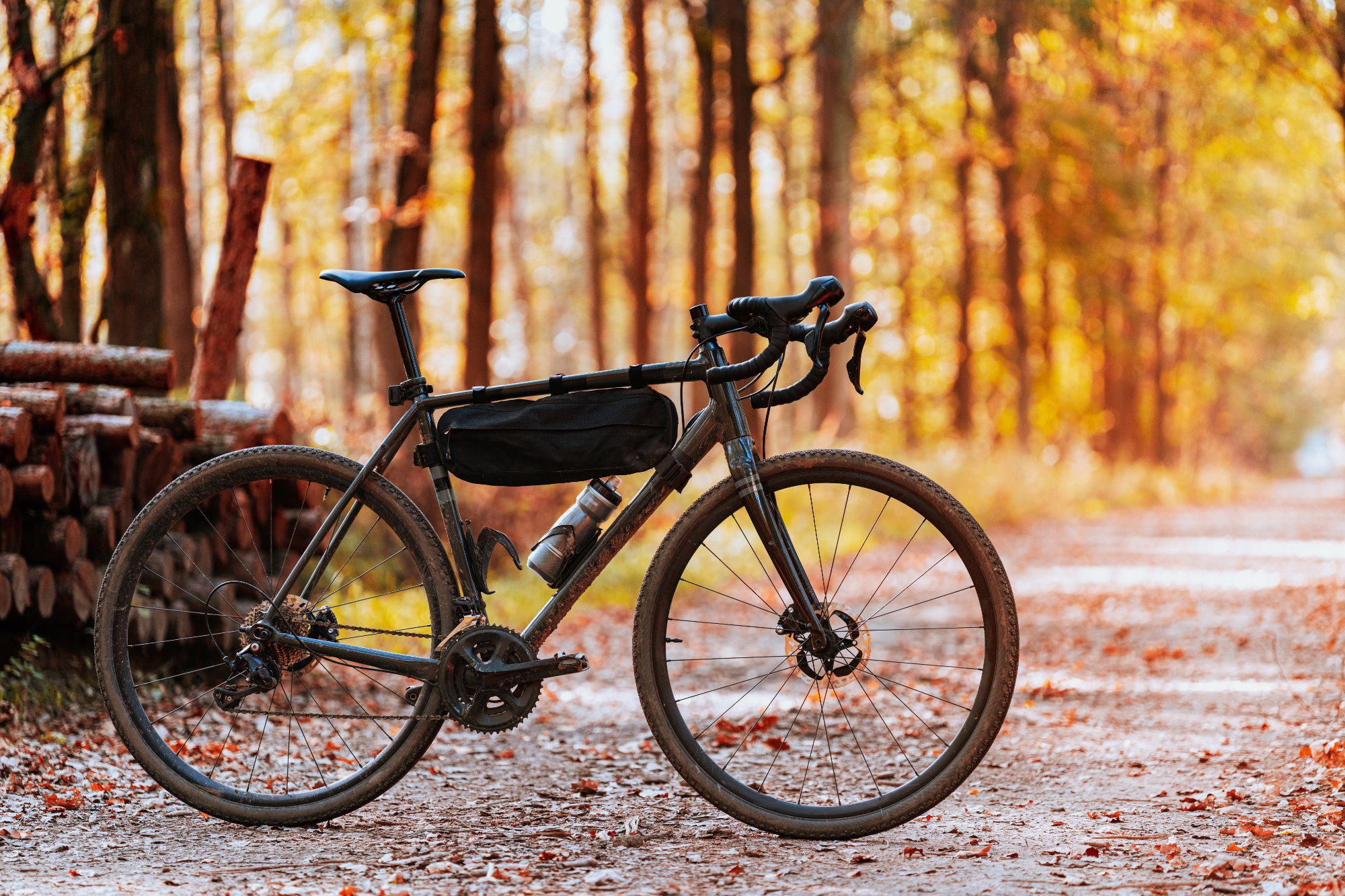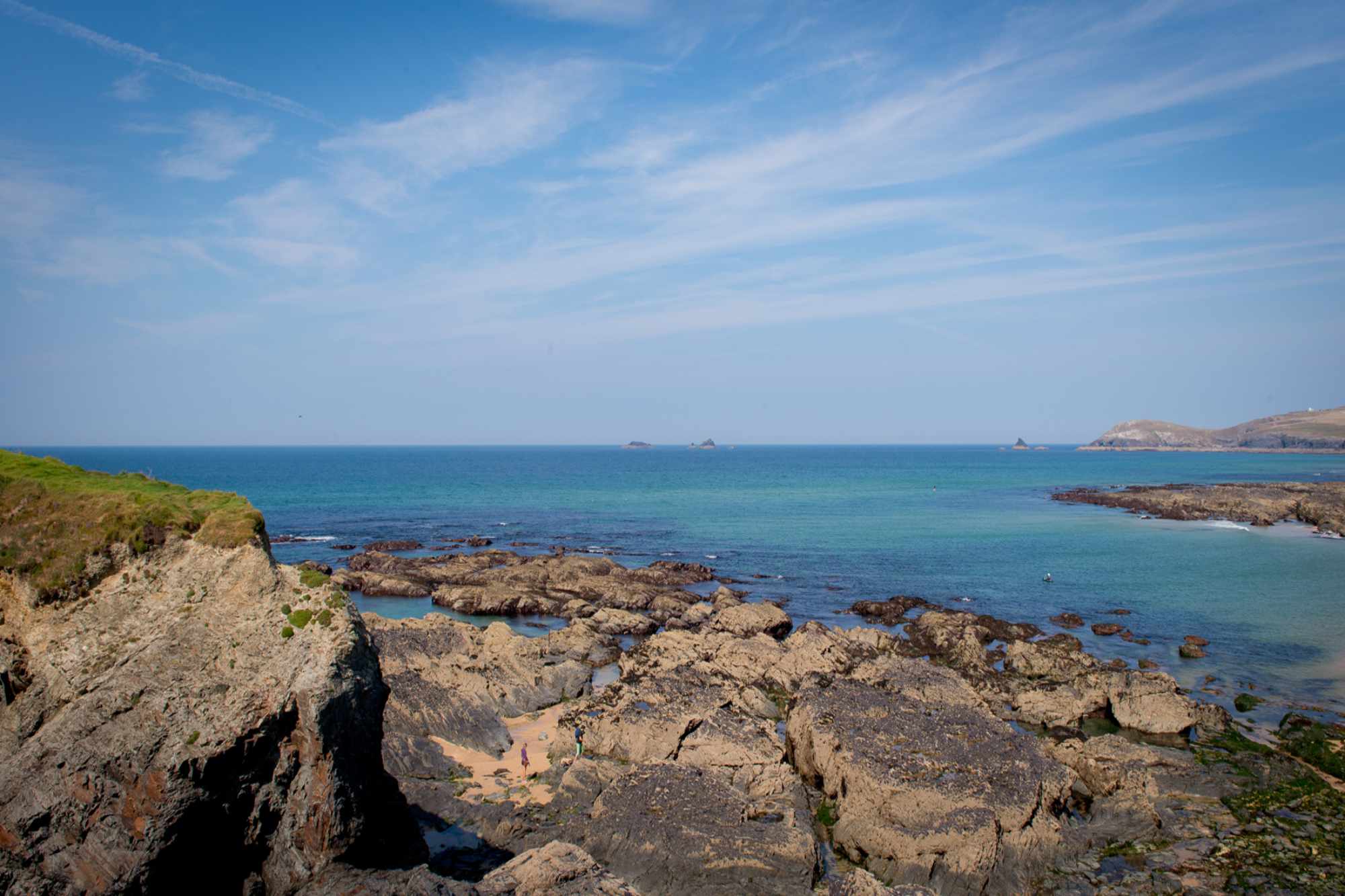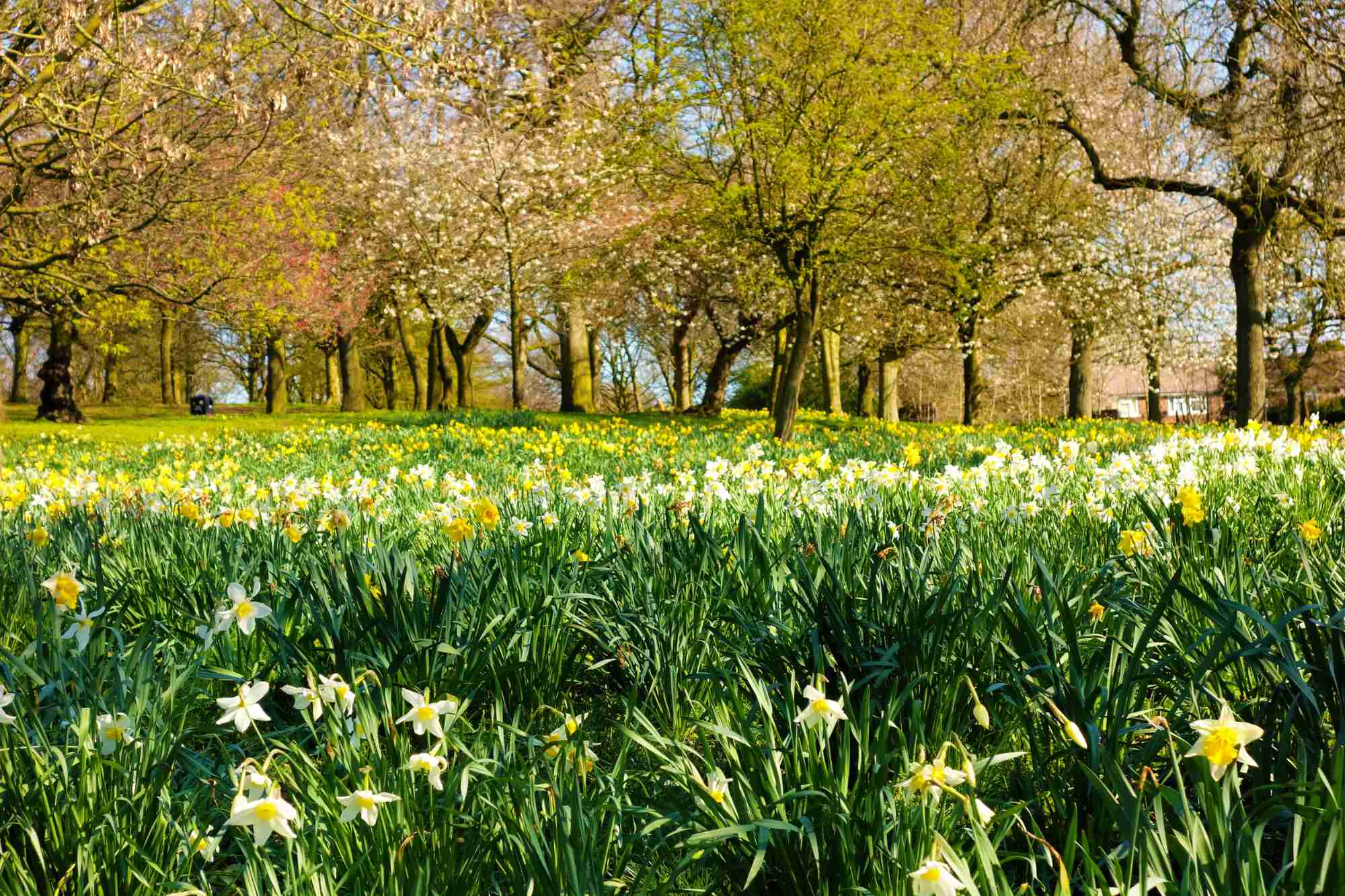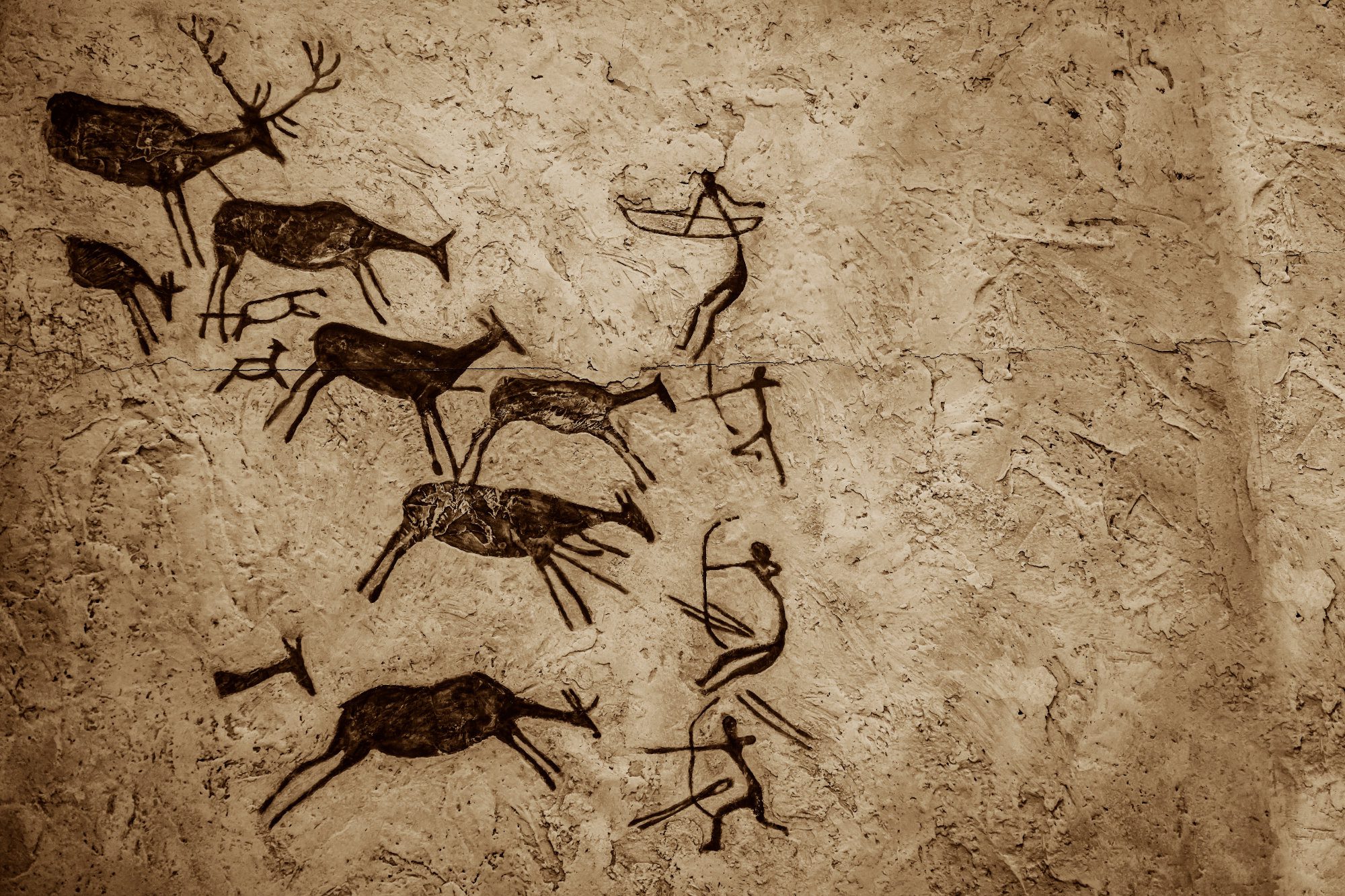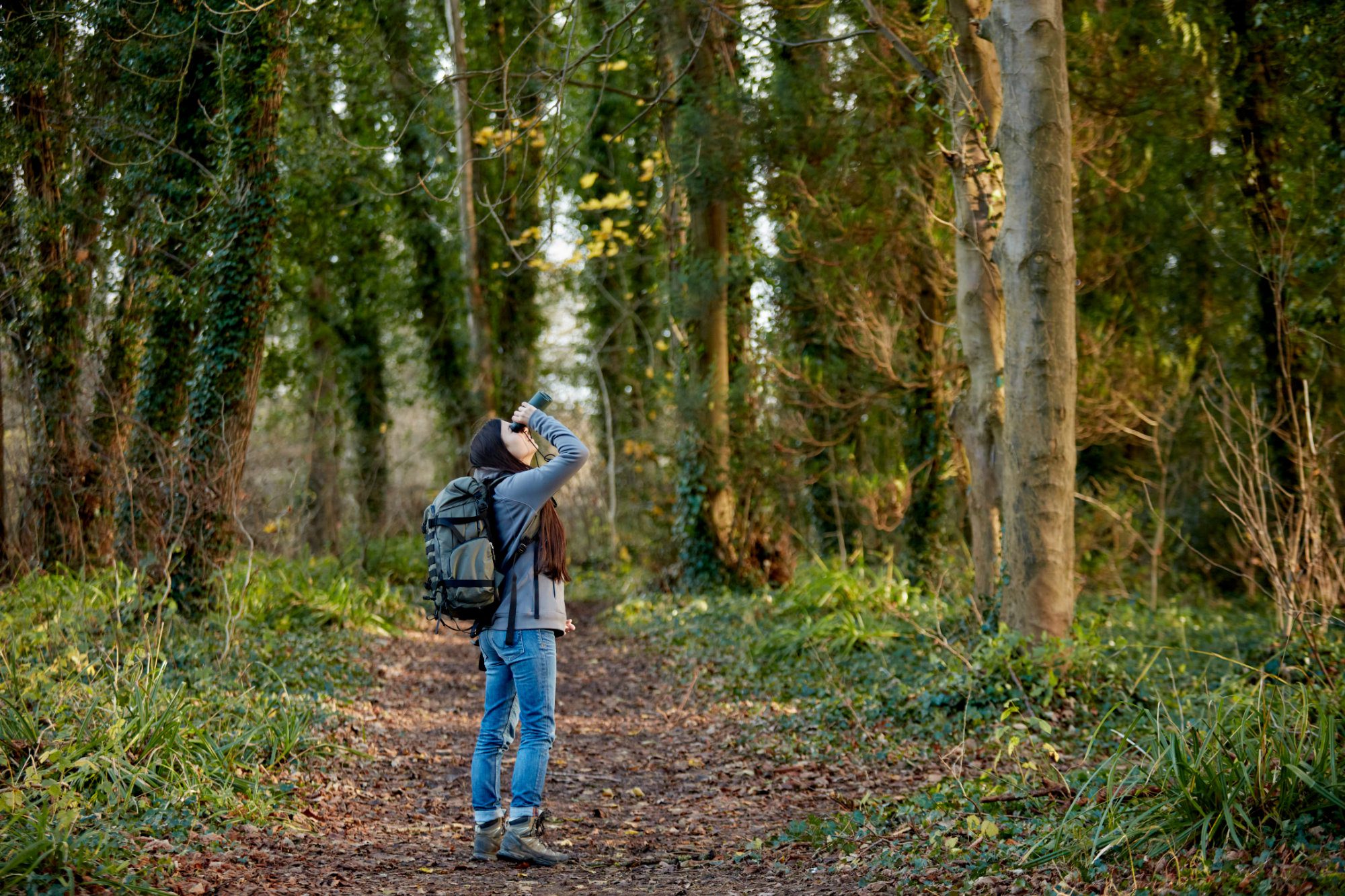If the BBC’s stunning recent series Wild Isles showed us anything — other than the fact Sir David Attenborough remains a monumental force for good — it was that we don’t have to travel far to find wildlife thrills. Even within our towns and cities, we’re rarely far from creatures large and small. But taking Wild Isles as inspiration, here are six parts of England and Wales to head to this year with your binoculars.
Yorkshire
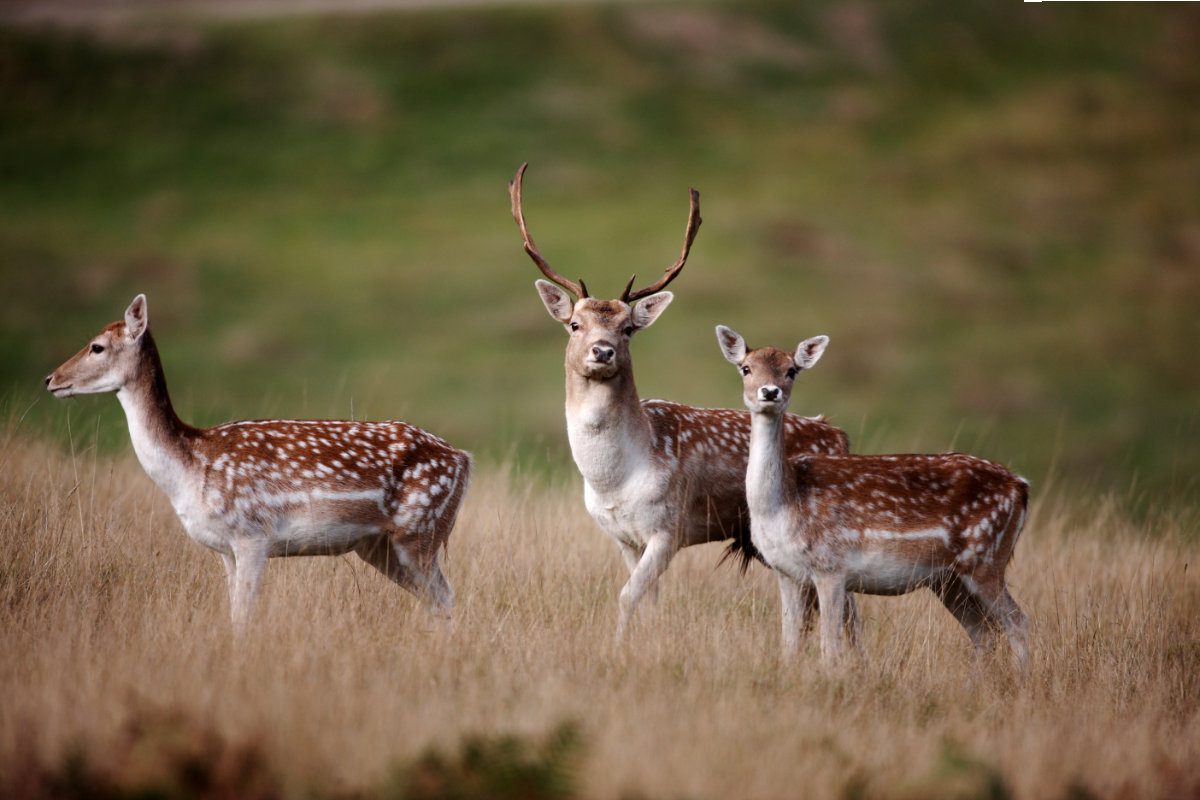
There are collectively more than 90 nature reserves across Yorkshire, which says plenty about the riches in store for wildlife-lovers. From the heather-strewn hills of the North York Moors — where roe and fallow deer, stoats and weasels might all be glimpsed — to the frothing waterways of the Yorkshire Dales — where the salmon run on the River Ribble is an autumn highlight — this wide-ranging region gives a huge amount to enjoy. Minke whales migrate off shore in September, seal colonies cluster on the North York Moors coastline, and from the many bird hides scattered around the county you might spy sparrowhawks, red kites, buzzards and goshawks. And if you’ve got young nature enthusiasts in tow? Whitby and Robin Hood’s Bay both have wonderful rock pools.
Stay here: YHA Whitby, YHA Boggle Hole, YHA Osmotherley, YHA Ingleton
Western Cornwall

The Cornish coat of arms features a black bird with a bright red beak. This is the chough (it rhymes with ‘tough’), which has become something of a symbol for the county. Once common around the shoreline, it disappeared for good in the 1970s until returning, to the great delight of local naturalists, in 2001. Today it’s still a frequent sight above the bays and rock-stacks of this most glorious of coastlines, and it has plenty of other species to keep it company. Fulmars, gulls, ravens, merlins, stonechats and peregrine falcons — the world’s fastest bird — are all spotted here, and in the waters offshore you might be lucky enough to spy a basking shark. On sunny days, you might pass lizards and adders basking in the West Country heat.
Stay here: YHA Land’s End, YHA Penzance, YHA Lizard Point
Ceredigion & Eryri (Snowdonia)

From Borth Beach on Ceredigion (Cardigan) Bay you’ve got a good chance of sighting dolphins and seals in the swell. If you’re here between the end of July and mid-August, however, the drama ratchets up even further. This is when one of the world’s largest concentrations of Manx shearwaters — as many as 50,000 — can be seen swooping over the sea, plunging into the waves to catch fishy morsels to feed their newly hatched chicks. Once suitably fattened, they’ll begin their migration across the Atlantic to the shores of South America. Just to the north in Eryri (Snowdonia), botanists will be in clover, with rare plants such as Alpine saxifrage to hunt. The park’s feral mountain goats, meanwhile, provide diversion of their own.
Norfolk
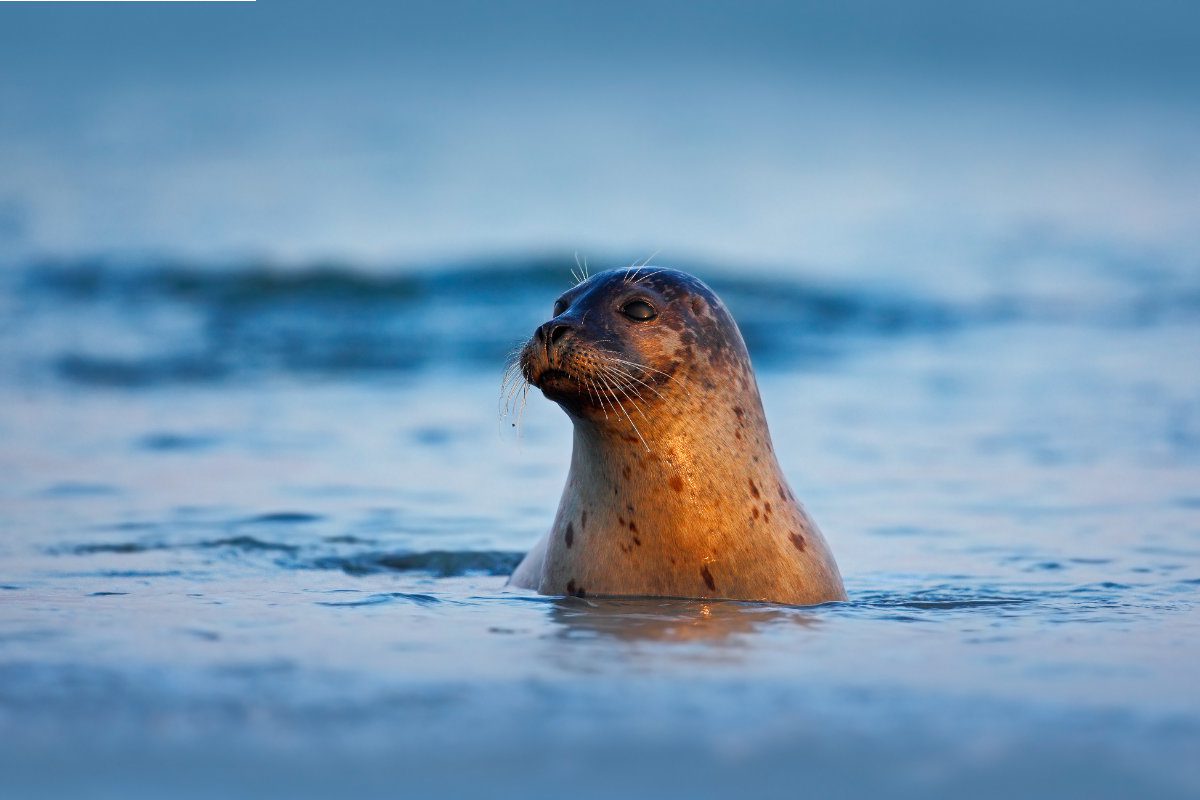
Wildlife is everywhere you turn along the North Norfolk coastline, where the dunes, saltmarshes and hedgerows hold an astonishing diversity of birds, plants, mammals and insects. You might be watching hares one minute and herons the next — and that’s before you factor in the sea itself. The winter colony of breeding seals on Horsey Beach makes for a spectacular sight, complete with fluffy pups as pale as polar bears, and you’re able to see the seals themselves — both common and Atlantic grey — at Blakeney Point year-round. The coastal path between Hunstanton and Sheringham is full of wide watery marshland where avocets, oystercatchers and yellowhammers are among the attractions, while heading south to the Broads gives you the chance to see marsh harriers, kingfishers and — one of the great conservation success stories of recent times — cranes.
Stay here: YHA Sheringham
Pembrokeshire

The craggy coves, headlands and islands of the Pembrokeshire shoreline represent one of the most dramatic stretches of scenery in the UK. It’s a beautiful place to surf, to hike or simply to relax — and the wildlife’s special too. This is particularly true offshore. Some 10 miles south of YHA Broad Haven, you’ll reach Martin’s Haven, the departure point for day-trips to Skomer Island, where puffins, razorbills, guillemots and gannets flock in abundance during the seabird breeding season, which falls roughly between April and July. Look out for porpoises and dolphins offshore. Back on the mainland, meanwhile, look out for skylarks and stonechats on the coastal heathland, and spot colourful wildflowers such as thrift and kidney vetch on the clifftops.
Stay here: YHA Broad Haven
Northumberland

The Farne Islands are an archipelago of rocky outcrops off the Northumberland Coast, with no permanent population save a handful of National Trust rangers. Head out here on a spring or summer boat trip from the mainland, however, and you’ll be anything but lonely: it’s estimated that more than 60,000 pairs of seabirds breed here, from puffins and kittiwakes to shags and Arctic terns (the latter are prolific dive-bombers, so wear a hat!). The sea life, meanwhile, includes everything from grey seals and conger eels to sea urchins and spider crabs. Heading north to another island — this time accessible via a tidal causeway — Lindisfarne has some remarkable flora, including endemic orchids, and in autumn and winter plays home to vast flocks of wading birds.
Stay here: YHA Alnwick, YHA Berwick
Read next: Nine hostels with amazing views

